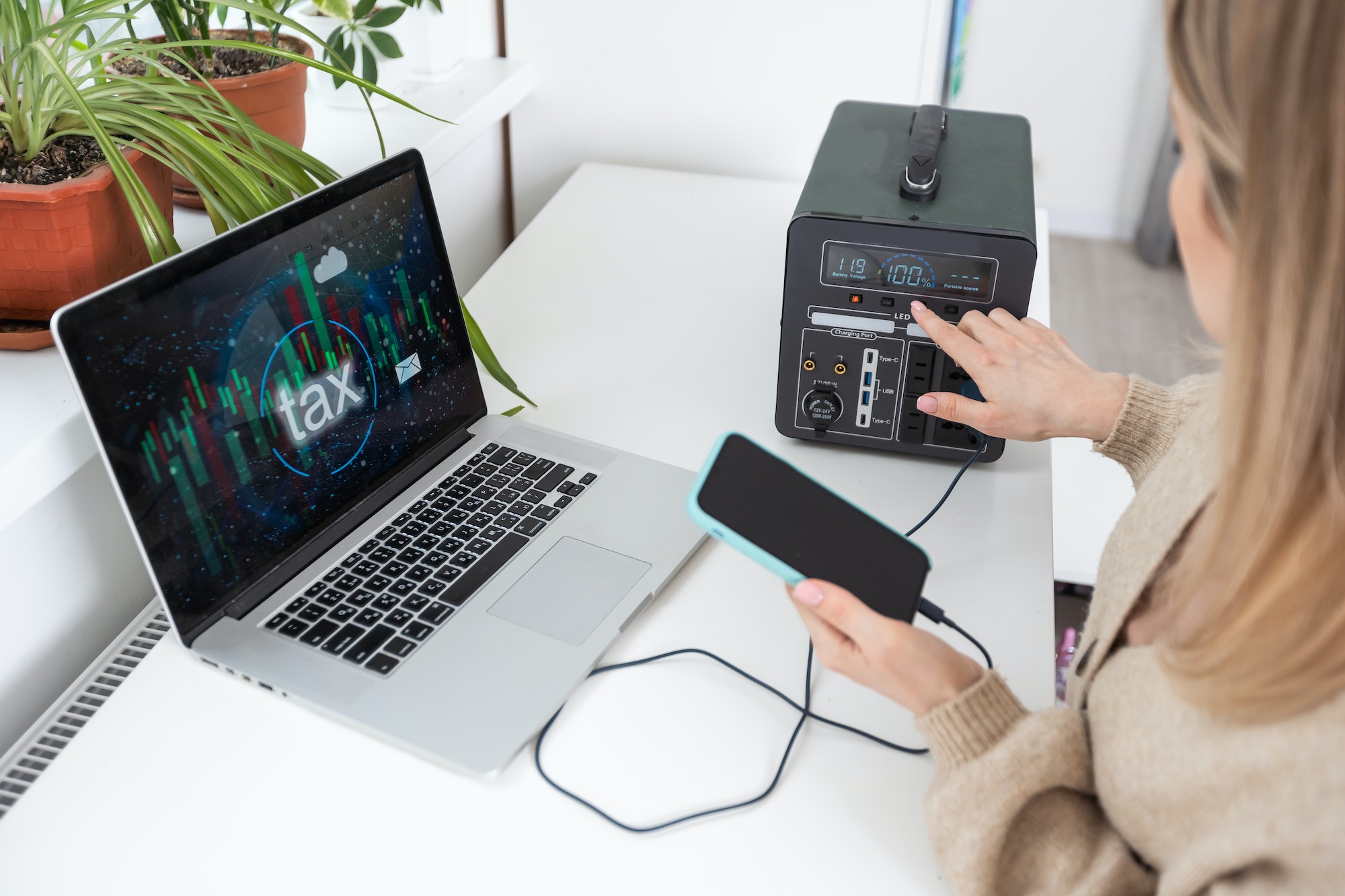Introduction
In order to select the appropriate generator size, you must consider not only the power required to operate your appliances and equipment but also the power needed to start them up. This means calculating both the running and the surge wattage.
The running wattage is the power required to keep devices running, while the surge wattage accounts for the additional power required to start electric motors. Surge wattage can vary depending on the specific application, but in general, it’s recommended to determine surge wattage for most residential situations.
Why Proper Generator Sizing Matters
Proper generator sizing is essential for ensuring you have enough power to run all of your equipment and appliances during an outage or when working off-grid. If your generator is too small, it may not be able to provide enough power to operate all of your necessary devices, which can be inconvenient, frustrating, and potentially dangerous.
On the other hand, if your generator is too large, it can be a waste of resources and money, as oversized generators are often more expensive and require more fuel to operate. In addition, oversized generators can also be less efficient, leading to increased wear and tear on the equipment and higher maintenance costs.
By selecting the right generator size for your needs, you can ensure that you have reliable power during an outage while avoiding unnecessary expenses and potential problems. Proper generator sizing is an important aspect of emergency preparedness and can provide peace of mind knowing that you have the backup power you need in an emergency. To learn more, visit the generator company in Walpole, MA.
How to Determine Generator Size: Steps To Follow
Determining the right generator size requires several steps to ensure that you select a generator that provides enough power for your needs.
Here are the basic steps to follow:
- Determine Your Power Needs: List all the appliances, tools, and equipment you need to power during an outage or off-grid situation. Identify each device’s starting and running wattage, which can be found on the manufacturer’s label or in the owner’s manual.
- Calculate Total Power Requirements: Add up the starting wattage for all devices, then add up the running wattage for all devices. This will give you the total power requirements for your backup power system.
- Determine Surge Wattage: Multiply the running wattage by three to determine the surge wattage needed for most residential situations. Check the motor code listing for devices with electric motors to see if they require additional surge wattage.
- Select A Generator: Choose one that can provide enough power output to meet your total power requirements, including surge wattage. Refer to the generator’s specifications and choose a model that provides enough power for your needs.
- Consider Fuel Efficiency: Choose a fuel-efficient generator, as this will help to reduce operating costs and extend the duration of use.
- Consider Noise Level: Consider the generator’s noise level, as some models can be quite loud and disruptive.
- Consider Ease Of Use And Maintenance: Choose an easy generator to operate and maintain, with clear instructions and accessible maintenance points.
By following these steps, you can select a generator that provides enough power for your needs and is efficient and easy to use. It’s important to carefully consider your power needs and budget before purchasing to ensure that you select the right generator size.
Buying A Single Generator Vs. Paralleling
Buying a single generator is a straightforward option and is generally more cost-effective than paralleling multiple generators. A single generator can provide enough power output for most residential or small commercial applications and can be easier to operate and maintain than multiple generators.
On the other hand, parallel multiple generators can provide a higher level of redundancy and flexibility. Connecting multiple generators in parallel increases the total power output and ensures that if one generator fails, the others can still provide enough power to keep critical systems running. Paralleling can also allow for more efficient use of generators, as you can adjust the number of generators in operation based on your current power needs.
However, paralleling multiple generators can be more complex and expensive to set up and maintain than a single generator. It requires specialized equipment and knowledge and may require additional components such as switchgear and controllers.
Buying single or multiple parallel generators will ultimately depend on your specific needs and budget. A single generator may be sufficient for many applications, while paralleling may be necessary for critical applications or those requiring high levels of redundancy and flexibility. It’s important to carefully consider your power needs, budget, and maintenance capabilities before deciding.
Generator Sizing And Fuel Consumption
Generator sizing and fuel consumption are closely related, as the size of the generator you need will affect the amount of fuel it consumes. Generally speaking, larger generators require more fuel to operate than smaller generators, as they are designed to provide more power output.
When selecting a generator size, it’s important to consider the power output you need and the expected duration of use. If you plan to use your generator for extended periods of time, a larger generator may consume too much fuel, leading to higher operating costs and potentially running out of fuel before the outage is over.
In addition to generator size, fuel efficiency is an important consideration when choosing a generator.
The type of fuel your generator uses can also affect fuel consumption. Some generators are designed to run on gasoline, while others are designed to run on diesel or propane. Each type of fuel has its advantages and disadvantages, and it’s important to consider the fuel’s availability, cost, and environmental impact when selecting.
Closing Thoughts
Determining the right generator size requires careful consideration of your power needs and specific requirements. It’s important to calculate both the running and surge wattage needed for all appliances and devices and to choose a generator that can provide enough power output to meet those needs.
Fuel efficiency, noise level, ease of use, and maintenance should also be considered when purchasing. By following these steps and taking the time to carefully evaluate your needs, you can select a generator that provides reliable backup power for your home or business.
Discover more from Futurist Architecture
Subscribe to get the latest posts sent to your email.




